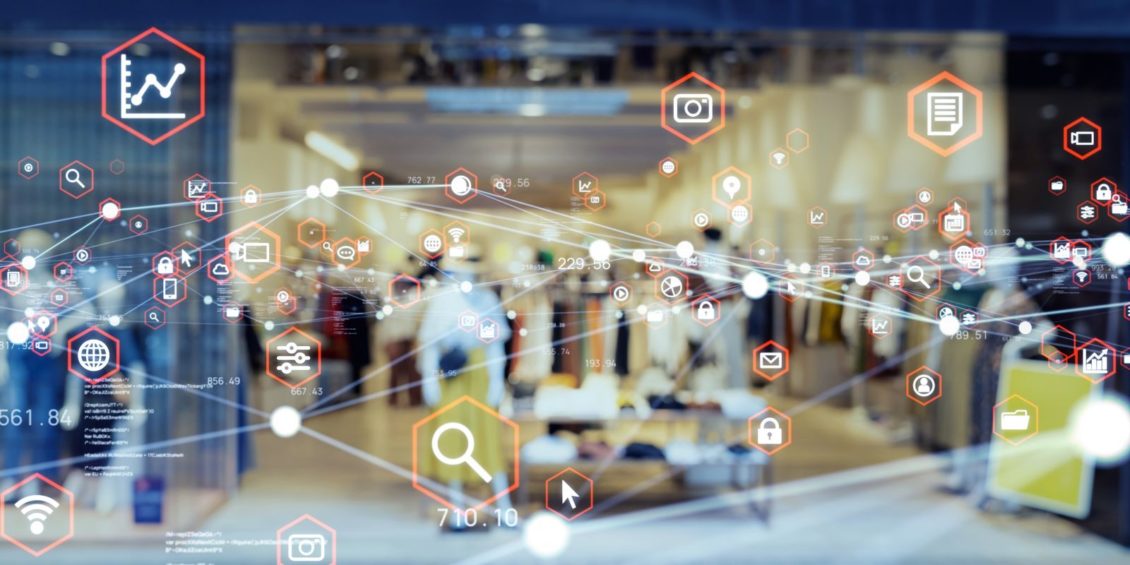It comes as no surprise that brick-and-mortar shops have suffered in recent years. Shoppers are opting for online experiences and next-day delivery over a weekend trip to the high street so much that even huge retailers are closing down stores. Social media platforms are also stepping up to the mark, with Instagram embedding a fully-fledged shopping section and TikTok introducing the TikTokShop.
People had even less of an incentive to visit the high street after Covid hit and even when 2022 signalled an opportunity for recovery, the cost-of-living crisis and inflation rates have taken their toll, leaving shoppers with less disposable income to spend.
With costs such as energy bills and shop insurance for business owners an ongoing commitment, getting customers into your store remains vital.
A clear advantage that physical outlets have over their online competitors is immersive experiences in-store. They offer an opportunity to generate footfall using the following methods:
Offer try-before-you-buy
There’s nothing quite like touching or trying out an item before committing to the final purchase. It allows you to make an informed judgement while tapping into the expertise of the retail staff. Great try-before-you-buy examples include small products like cosmetics, wearable products like shoes or large items such as cars.
Personalise with tech
Technology offers a raft of opportunities when it comes to immersive shopping experiences. You can play online stores at their own game by introducing unique technological touches to your store. One example might involve QR codes next to products so that customers can instantly find out more information, from different colourways to the sizes available.
This can also help to reduce shopfloor clutter and allow you to display just one item as opposed to several variations. There is even talk of using AR holograms to help shoppers envision fashion items on a 3D model! On top of this, if you have any data collected from online shopping or digital marketing, you should draw on this to make a judgment on what would draw your audience into your brick-and-mortar store.
Appeal to the senses
You can get creative with this option. Identify whether any of your products are particularly appealing to the senses and think about how you can prompt customer interaction. This might look like food samples, perfume samples or fabric samples for furnishings.
There are other ways to appeal to the senses using the store itself too. Live demonstrations can be a great way to attract a crowd for example. Some stores opt for a low-lit atmosphere or mood lighting, while others focus on creating a certain vibe using music. Think about what might work best for your brand and its audience.








Leave a Reply
View Comments